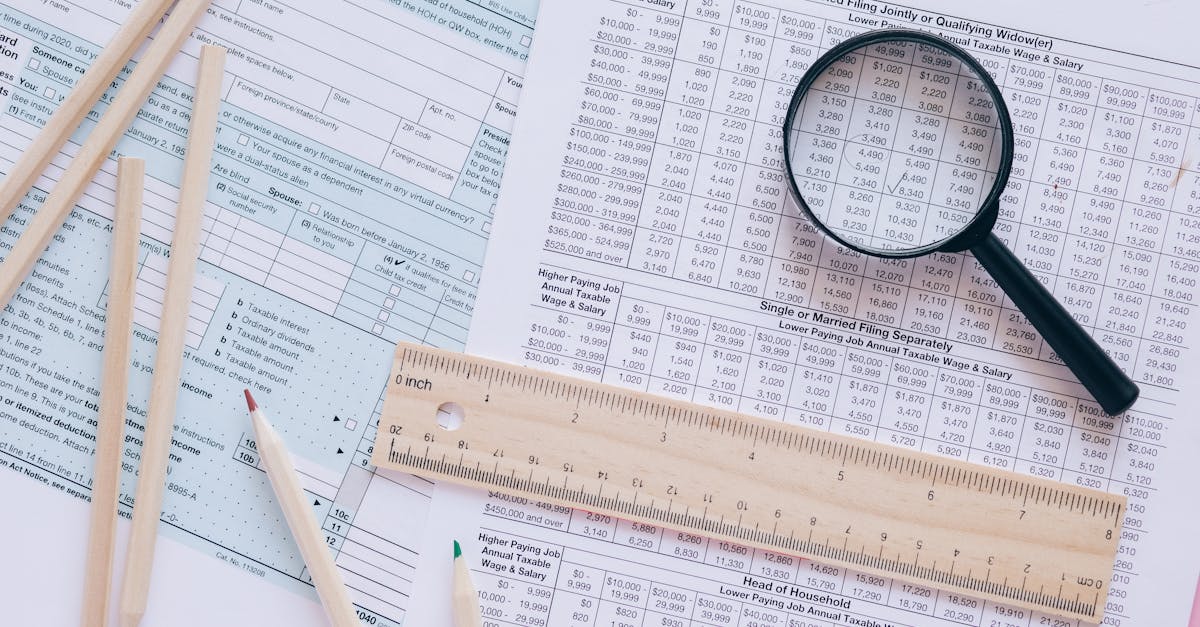
Introduction
Compliance audits are no longer a once-a-year hurdle—they’re a constant challenge in today’s remote and heavily regulated business landscape. With staff scattered across locations and evolving industry requirements, maintaining airtight records and responding swiftly to auditor requests can feel overwhelming, especially when outdated manual processes leave room for human error and non-compliance.
The right approach starts with preparation—and automation. By streamlining how documents are organized, tracked, and updated, document automation helps HR, legal, and compliance teams stay ready for any audit, transforming a typically stressful process into a proactive advantage. In this step-by-step guide, you’ll learn exactly what auditors expect, how to use templates and software to simplify documentation, and proven strategies to respond quickly and accurately to every request—all reinforced by real-world case studies and actionable tips.
Why compliance audits matter in 2025’s remote and regulated environments
With the growth of remote work and increasing regulatory demands, compliance audits are more critical than ever for maintaining operational integrity and trust. Auditors assess whether your business adheres to regulatory document compliance and internal document compliance requirements, scrutinizing not just what’s retained, but also how well information is managed and protected remotely.
- Remote work complicates oversight: Employees manage documents across devices and cloud platforms, increasing the risk of data privacy compliance issues and gaps in compliance documentation requirements.
- National and industry regulations evolve: Whether you’re focused on HR, financial, or legal records, responsibilities around policy and procedure documentation and audit-readiness continue to expand.
Pre-audit documentation: What auditors expect to see
Auditors need clear, accessible evidence showing your organization’s compliance with all relevant legal, industry, and internal document retention policy standards. This means having a thorough, current document compliance checklist (ideally, a document compliance checklist pdf), documented policy templates, and an organized record of all agreements and approvals.
- Core expectations: Auditors expect to see a defined compliance process flow, up-to-date contracts (like commercial lease agreements), and documented procedures for collecting and storing sensitive or regulated data.
- Cross-functional compliance: HR, finance, and legal teams should track not just documents, but also policy review dates, approvals, and regulatory updates.
Using document automation to organize, validate, and evidence compliance
Document automation is a cornerstone of modern document management compliance. Automated systems help maintain accurate records, trigger reminders for reviews, and flag gaps in documentation before they become audit findings.
- Benefits: Consistent validation of expiry dates, signatures, and required attachments; rapid access during audit requests; and automated logs that support audit trails.
- Compliance documentation requirements: Automated tools make it easier to meet industry and legal document compliance standards, supporting your regulatory compliance process seamlessly.
- Explore specialized document compliance software solutions to streamline the collection, approval, and storage process across agreement types, such as residential lease agreements and power of attorney forms.
Templates that simplify policy, procedure, and agreement tracking
Leveraging up-to-date compliance policy templates ensures consistency for recurring processes—from onboarding forms to annual disclosures and contracts. Templates reduce manual entry errors and clarify compliance audit steps, making it easier to ensure risk management documentation is always current.
- Pre-built templates (like commercial or residential agreements accessible via Formtify) support standardized compliance documentation requirements.
- Templates should outline exact fields, responsibilities, and timelines to help track policy implementation and upcoming renewals.
How to respond to documentation requests accurately and on-time
Timely, accurate fulfillment of audit documentation requests is essential. Delays or incomplete responses increase your risk of findings. A combination of automated alerts, clear document retention policies, and a pre-defined document compliance process flow enables swift response.
- Best practices:
- Use indexes and naming conventions for instant retrieval.
- Rely on document compliance software solutions for secure bulk sharing with auditors.
- Maintain a living list of compliance document owners in each department.
Audit case study: Mitigating risk through proactive documentation
A distributed real estate firm recently implemented a centralized document management compliance platform—combining automated reminders, a digital document retention policy, and a suite of agreement templates (such as commercial leases and power of attorney documents).
- Outcome: Audit preparation time dropped by 60%, and findings were reduced thanks to proactive evidence collection and streamlined risk management documentation.
- Digitizing compliance documentation and tracking each step in the compliance audit steps process ensured regulatory document compliance, despite fully remote operations and shifting regulations.
Summary
Preparing for a compliance audit in today’s evolving business landscape requires more than just diligence—it requires smart solutions. By embracing document automation, HR and legal teams not only save time but also improve accuracy, enhance policy enforcement, and lower stress during audits. Consistent organization, validated documentation, and rapid response systems are vital for keeping your business ready for any regulatory checks. To simplify your compliance journey and ensure your documentation is always audit-ready, explore automated tools and templates at Formtify.
FAQs
What does document compliance mean?
Document compliance refers to ensuring that all your organizational records and documents meet current legal, regulatory, and internal policy standards. This ensures you’re storing the correct documents, for the right length of time, and in ways that satisfy auditors and governing bodies. Proper document compliance helps reduce risk and builds trust with partners and authorities.
Why is document compliance important?
Document compliance is crucial because it protects your business from legal and financial risks associated with non-compliance. It also ensures you can quickly provide required information during internal or external audits, helping to maintain business integrity and reputation. Staying compliant can also improve operational efficiency and strengthen stakeholder confidence.
How do you ensure document compliance?
To ensure document compliance, you should establish clear document retention policies, regularly update policy templates, and use tracking systems to monitor document status and review dates. Automating these processes helps cut down on manual errors and provides a clear audit trail for every key document. Training staff and using specialized software are also effective strategies.
What are common document compliance standards?
Common document compliance standards include GDPR, HIPAA, and industry-specific regulations that define how records should be created, maintained, and disposed of. These standards often cover privacy, security, data retention, and accessibility. Familiarizing your team with applicable standards is key to maintaining compliant processes.
What is the role of technology in document compliance?
Technology plays a central role by automating routine tasks, creating structured workflows, and ensuring your documentation stays current and secure. Automated tools help with reminders, approvals, and centralized storage, making it easier to stay organized and respond quickly to audits. This reduces manual workload and lowers the risk of missed steps or lost paperwork.





